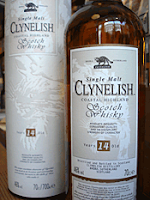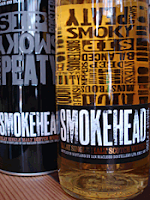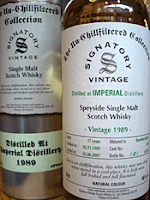 Aberfeldy is a little known distillery in the eastern Highlands. It is owned by John Dewar & Sons. One of the reasons that it is little known is due to the fact that only a small percentage of the 2.5 million litres of whisky produced there every year is released as a single malt under the Aberfeldy name. The majority goes in to the blending of Dewar's white label, which is one of the world's leading selling blended whiskies, with Aberfeldy being marketed as 'the spiritual home of Dewar's whisky'. As a result, there are only two current releases of single malt - this 12 years old and a 21 years old. Independent bottlings are relatively hard to find also.
Aberfeldy is a little known distillery in the eastern Highlands. It is owned by John Dewar & Sons. One of the reasons that it is little known is due to the fact that only a small percentage of the 2.5 million litres of whisky produced there every year is released as a single malt under the Aberfeldy name. The majority goes in to the blending of Dewar's white label, which is one of the world's leading selling blended whiskies, with Aberfeldy being marketed as 'the spiritual home of Dewar's whisky'. As a result, there are only two current releases of single malt - this 12 years old and a 21 years old. Independent bottlings are relatively hard to find also.The colour is golden with a touch of copper to it and the nose is aromatic and promising. There is clear evidence that the whisky has been matured in a sherry cask, as there is a lot of concentrated dried fruit (think of raisins, sultanas and candied orange peel). On the palate, this is quite light and refreshing, yet complex at the same time. Immediately you get those sherry influenced notes from the nose and these mingle with a malty sweetness and hints of honey, vanilla, something spicy (nutmeg, I think) and some fresh citrus notes (imagine oranges). The finish is long, fresh, fruity and flavoursome with that spicy nutmeg note coming through again right at the end. This whisky was really good and would definately recommend it if you were looking for an 'undiscovered gem'. It is generally only available in independent retailers and should be between £25-30.









